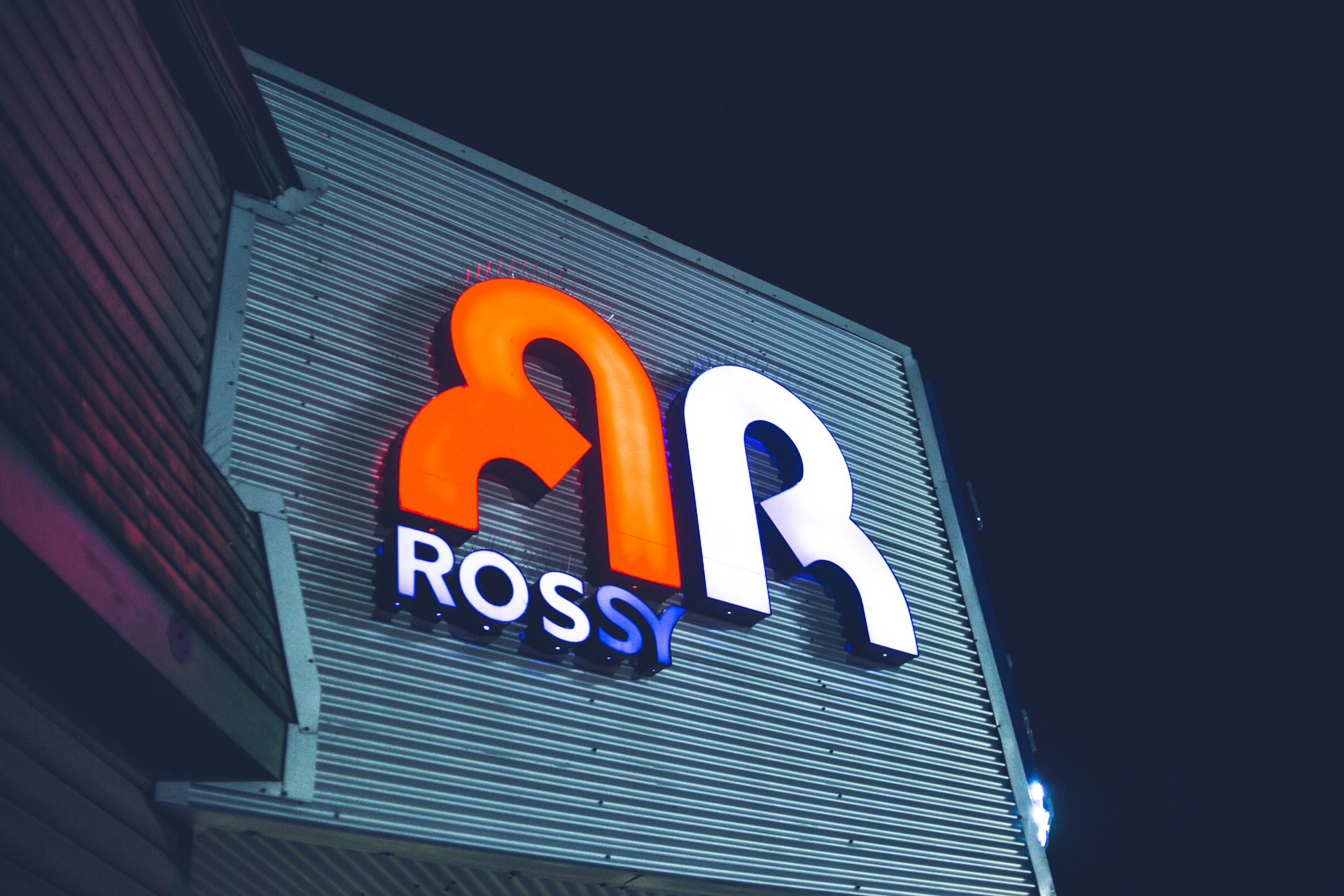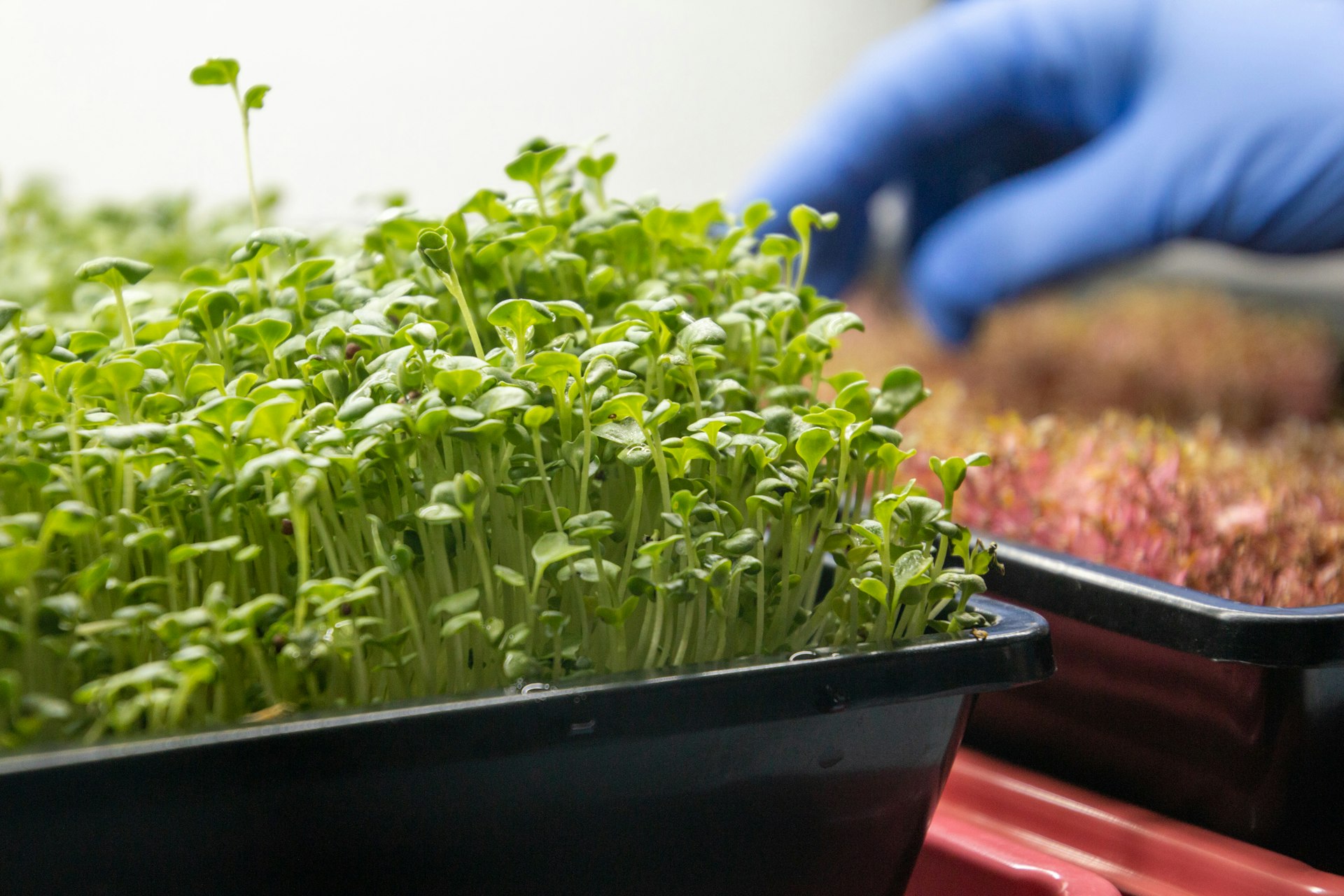Emerging Food Photography Trends for 2025: How to Capture the Future of Culinary Imagery

Photo by Kelly Sikkema on Unsplash
Introduction: The Evolving Art of Food Photography
Food photography is entering a dynamic era in 2025, shaped by technological advances, shifting consumer values, and the ever-expanding influence of social media. Whether you are a professional photographer, a restaurateur, or a content creator, understanding the year’s defining trends-and knowing how to implement them-can make your food visuals more compelling and market-ready. This article explores the key food photography trends for 2025, provides actionable guidance for each, and highlights real-world examples and potential challenges to help you stay ahead in the competitive visual landscape.
Authenticity and Imperfection in Styling
One of the most significant shifts in 2025 is the embrace of authentic, imperfect styling . Instead of highly staged and polished food images, audiences are gravitating toward visuals that feel real and relatable. Spills, crumbs, and even half-eaten plates are intentionally left in the frame, evoking the genuine experience of enjoying a meal. This approach creates a sense of warmth and familiarity, making food more approachable and storytelling-driven. For example, food brands might show a messy kitchen counter or hands reaching for food to connect emotionally with viewers [1] .
To implement this trend, begin by resisting the urge to over-edit or sanitize your scene. Allow natural mess, slight imperfections, and real-life interactions to remain. When styling, encourage your team or models to interact with the dish-breaking bread, pouring sauce, or sharing plates. This not only enhances relatability but also provides opportunities for storytelling within each frame.
Challenge: It can be tempting to “fix” every out-of-place element. Striking a balance between authenticity and distraction is key. Review your images after each shoot and remove only those elements that genuinely detract from the dish’s appeal.
Natural Lighting and High-Contrast Imagery
In 2025, natural lighting is not just preferred-it is expected. Photographers are moving away from artificial lighting setups in favor of daylight, which offers soft yet vibrant illumination that flatters food’s colors and textures. Window-side shots, particularly in cafes and restaurants, have become standard practice. This is especially effective for menu photography, where customers want to see food as it truly appears [1] .
Hard light photography is also gaining traction, using direct sunlight or focused beams to create dramatic shadows and high contrast . This technique is particularly impactful when shooting drinks or dishes with glossy or reflective surfaces, as it accentuates textures and adds depth [3] .
Step-by-step guidance: 1. Scout spaces with abundant natural light. 2. Use reflectors or white boards to soften shadows if needed. 3. Experiment with both soft, diffuse daylight and hard, direct sunlight to highlight different aspects of your subject. 4. Evaluate your results on a calibrated monitor to ensure the natural look is preserved.
Alternative approach: If shooting in low-light environments, consider continuous LED lighting with daylight color balance to replicate the effect of natural light.
Dark and Moody Aesthetics
While bright, airy images are popular, dark and moody photography continues to thrive, especially for gourmet dishes like steak, chocolate, and wine. This style uses deep shadows, muted tones, and natural materials such as wood or stone to evoke a sense of luxury and drama. It’s particularly effective for editorial spreads or brands aiming to convey sophistication [2] .
To achieve this look: 1. Select backgrounds and props in dark, earthy tones. 2. Use side lighting to create depth and dimensionality. 3. Limit your color palette to enhance moodiness but add a pop of color for emphasis when needed.
Consider the subject: Rich foods with glossy surfaces (like chocolate cake or red wine) will benefit most from this trend. Always adjust exposure and contrast in post-production to ensure details are not lost in the shadows.
Bold Colors and Vibrant Contrasts
2025 will see a surge in bold colors and vibrant contrasts in food imagery. Photographers are pairing colorful ingredients with striking backdrops, such as placing a green salad on rustic wood or a red dessert on a dark plate. This approach makes food pop on social feeds and is especially valuable for brands targeting a younger, visually-driven audience [2] [3] .
To implement: 1. Choose complementary or contrasting backgrounds for your dish. 2. Use fresh, brightly colored ingredients. 3. Adjust lighting to maximize color vibrancy without over-saturating.
Real-world example: A bakery might showcase a bright yellow lemon tart on a cobalt blue plate to draw instant attention on Instagram feeds.
Motion, Video, and Dynamic Content
With the rise of short-form video and dynamic content, motion photography is now integral to food marketing. Techniques such as stop-motion, slow-motion, and time-lapse are being used to show the preparation process and highlight a dish’s appeal. These formats are highly shareable and can help brands go viral [2] .
To get started: 1. Plan your sequence in advance, storyboarding key actions. 2. Use a tripod and consistent lighting for stability. 3. Edit using video software to create smooth transitions and engaging sequences.
Alternative: If video is not feasible, create “action stills”-photos that capture movement, such as a sauce being poured or a fork breaking into a pastry. These shots still convey energy and process.
Human Elements and Lifestyle Storytelling
Photography in 2025 increasingly features hands and people in the frame , adding a lifestyle dimension to food images. Whether it’s a hand holding a slice of pizza or friends sharing a meal, this approach tells a story and connects with viewers on a personal level [2] .
To try this: 1. Include models, staff, or even customers in your shots. 2. Focus on candid moments rather than posed scenes. 3. Use props like utensils, napkins, or drinks to create a relatable context.
Tip: Always obtain permission from anyone featured and ensure your brand values align with the scene depicted.
Eco-Centric Aesthetics and Sustainability
Sustainability is at the forefront of food photography in 2025. Shoots are incorporating eco-friendly props, reusable materials, and organic ingredients. There’s also a trend toward featuring imperfect produce-such as bruised fruits or non-uniform vegetables-to highlight natural beauty and reduce food waste [1] [3] .
For implementation: 1. Source props from sustainable suppliers or thrift shops. 2. Use biodegradable or reusable tableware. 3. Highlight locally grown, organic, or seasonal ingredients.
Potential challenge: Sourcing sustainable props may require more effort, but the authentic look and brand alignment can be well worth it.
Technological Advances: AR, VR, and AI-Enhanced Visuals
Food photography is also moving into the digital realm with augmented reality (AR), virtual reality (VR), and AI-enhanced visuals . In 2025, some brands are experimenting with interactive food experiences using AR filters or virtual backgrounds in photoshoots. These techniques can engage audiences in new ways, allowing them to visualize dishes in their own space or explore ingredients virtually [3] .
To explore this trend: 1. Investigate AR or VR platforms that offer food-related filters or experiences. 2. Collaborate with digital artists or agencies specializing in immersive content. 3. If you’re new to these tools, start by experimenting with AI-based editing apps to enhance color, composition, or even generate creative backgrounds.
Note: As this technology evolves, always verify the credibility and safety of any platform or service you use. If you’re unsure, seek out well-established digital agencies or refer to photography technology publications for reviews and recommendations.
How to Access Services, Inspiration, and Further Learning
If you want to implement the latest food photography trends in your business or creative practice, you have several avenues:

Photo by sunorwind on Unsplash
- Consider taking online courses from reputable photography education platforms. Search for “food photography courses” on established sites like Coursera, Udemy, or Skillshare.
- Look for local photography workshops through art schools or community centers.
- For professional services, search for “food photographers near me” and review portfolios and client testimonials carefully.
- To stay updated on trends, follow food photography blogs and reputable industry magazines. For example, Commercial Photography ( commercialphotography.in ) and Nikon’s Learn & Explore magazine ( nikon.ie ) offer current insights from industry experts.
- If seeking help with AR/VR or AI-enhanced visuals, search for “food AR VR agencies” or “AI photo editing services for food photography” and compare offerings from established providers.
If you need professional help, you can contact food photography professionals by searching for “professional food photographer” or “food photography studio” in your city. Always check their portfolio to ensure their style matches your needs.
Summary: Key Takeaways for 2025
The world of food photography in 2025 is vibrant, diverse, and driven by authenticity, technology, and environmental awareness. Whether you’re shooting for a restaurant menu, a social media campaign, or editorial content, implementing these trends can help your work stand out. Explore new lighting techniques, embrace imperfections, experiment with color and motion, and remain open to technological innovations. By staying informed and adaptable, you can create food images that are not only beautiful but also deeply resonant with today’s audiences.
References
MORE FROM hotondeals.com













